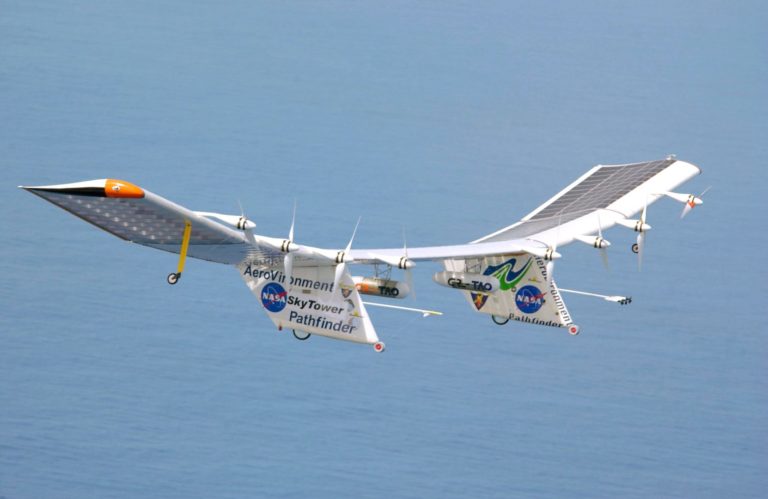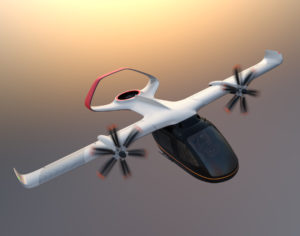You’ve probably been told about the importance of prototyping before, and I’m here to say it still is very important. I can’t tell you how many clients have come to me saying they need help developing a prototype to get funding or the feedback they need to finish developing the product.
There are many types of prototypes, from cosmetic, to fit and finish, to full functioning. Each has its own place, and different prototyping processes can help you create them. Let’s take a look at prototyping, why it’s important, and how to utilize it as a tool.
What is prototyping?
It’s generally the first time a product idea is in an interactive form. This can be as simple as a website layout, doesn’t even need working buttons. It can be a physical product that you can hold in your hands. There are many types of prototypes, but usually interactive ones are the type that most people get excited about.
Prototypes don’t have to be the entire product, they can be for a design review or component test. Prototype volumes can vary, however 1,000 units at a time is a typical start into production.
BLANK
Ian Peterman, CEO Tweet

So how important are prototypes?

The importance of prototypes can be measured by the cost of not having them. Products that go out completely un-prototyped typically fail in some expensive way. While not every product absolutely needs a prototype, I think they should be. I’ve created single parts that were approved into mass production and had no issues.
I’ve also seen products go to production without proper prototyping and be very expensive to fix. At that point, every product that goes to production and fails somehow causes pain in every part of the company, and costs that make management lose their minds. For example, thermal and stress analysis are two types of testing that can be done digitally.
Good engineering is also key to making sure the product works. Typically less prototyping is needed when working with all off-shelf components. Think of roads and skyscrapers. All of the testing, trial and error, and analysis as already been done on existing products.
This is why off-shelf components save development costs. That new product idea that you are wanting to develop that’s never been done before though? No direct data can help us with that. We can only infer from similar products and projects.
What can we do with prototypes?
BLANK
Ian Peterman, CEO Tweet
The answer is a lot can be done with prototyping. The most important thing prototyping helps are form and fit checking, function testing, other forms of testing, and user feedback.

As humans, we rely on all our senses to experience things fully. The more senses we can use when looking at a product, the more feedback we can give. This is why 3D models are so powerful as a review tool, and why we use them constantly. Being able to hold a product gives a better idea of it than a 2D image or perfectly rendered 3D ones. The next step is a tangible product you can use your hands to touch.
To us a feasibility study is not to determine if it can or can’t be done, but what path is the best path to create the results we learned in our first phase that are important to our clients. Sometimes this means redirecting the project into an entirely new vision. But first, we dive into a large ocean of research to understand the possible problems, roadblocks, users, market, and technical requirements. We often start on the fuzzy end and move to the technical.

Can we still use 3D printing? Yes, it’s great for many different prototypes, but here are 3 places not to use 3D printing to prototype. Final prototypes are best when made from the final production materials. With metals, 3D printing is not a cost-effective way to prototype and production processes almost always must be used.
BLANK
Ian Peterman, CEO Tweet
Prototypes can involve many different processes, from casting, to clay modeling, to carving foam. What matters is getting the information from the computer and into a physical form. This allows the people involved to examine the product in new ways.
Now that you know about the importance of prototyping, I suggest you check out the Wikipedia on Prototypes.
Your Next Steps
Related Conscious Design BLOG Posts
What’s a Feasibility Study?
A feasibility study is a very important step in making sure a product will be successful. I break down what they are and why they matter.
What it Takes to Develop a Smart Product
As the Internet of Things has grown over the years, smart products have become a pretty hot item. Many people have product ideas for turning
5 Tips for Market Research & Analysis
Wondering about Market Research & Analysis? This will give you a few tips on what it is and how to start your own research.


